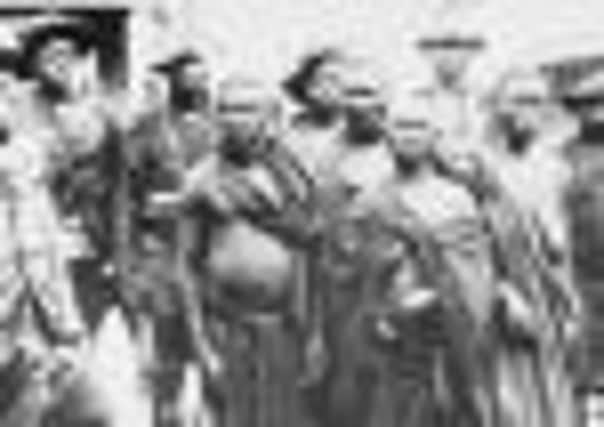Zimbabwean politics feels power of hanging tree’s accidental demise


Mbuya Nehanda and other icons of the first uprising against white settlers were said to have been hanged from the tree in 1898.
Witnesses said the 200-year-old Msasa tree, declared a historic site and national monument, fell on Wednesday and some fled, believing it a sacred omen of “bad things to come”.
Advertisement
Hide AdAdvertisement
Hide AdCrowds gathered at the felled tree yesterday to take pieces of it, and a n’anga, known in the West as a witchdoctor, performed rites over the trunk and branches.
The indigenous African tree, or brachystegia speciformis, was commemorated on a Zimbabwe postage stamp in 1996 and political rallies have often been held there.
Historians, however, have cast doubt it was used for hangings.
Mbuya Nehanda, the ancestral grandmother of the nation, was a tribal spirit medium believed to have had immense powers. She is upheld by highly superstitious Zimbabweans as the country’s greatest symbol of black resistance to colonial rule.
Since independence from British rule, Nehanda has been revered with statues erected in the parliament house and main government buildings, and streets have been named after her in all of Zimbabwe’s cities and towns.
Colonial records show she was executed for the 1897 killing of administrator Henry Pollard, a man known for his brutality toward blacks.
Zimbabwe historian Rob Burrett said that records indicated she was hanged on gallows at a prison where the main Harare Central Police Station stands today.
However, a myth built up before independence and persisted that the colonial court presided over by “hanging judge” John Watermeyer sent Nehanda and those he condemned to death to the distinctive tree, Mr Burrett said. At that time, the tree was on the outskirts of the small colonial settlement that became Harare.
Advertisement
Hide Ad